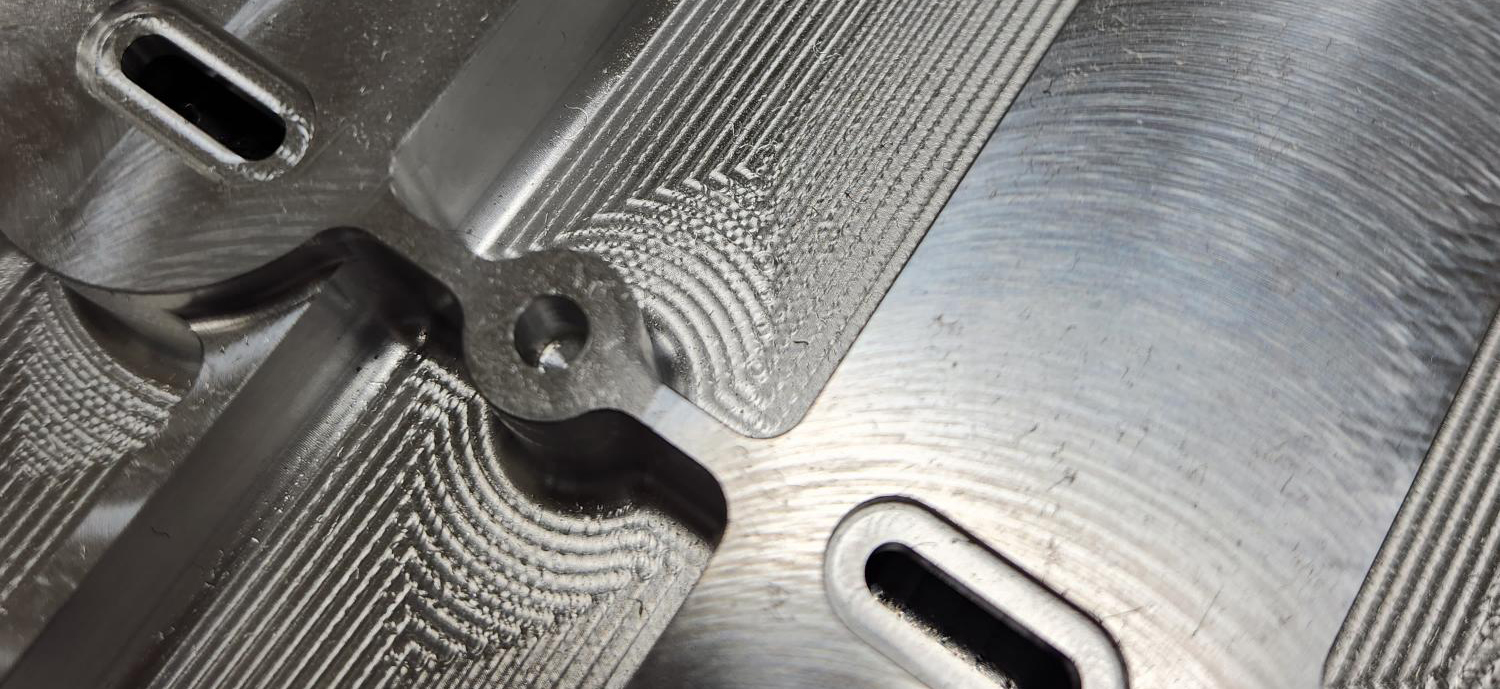The demand for high-performance electronics has increased dramatically in recent years, and with it comes the need for efficient cooling solutions. One solution that has gained popularity in the manufacturing world is the use of cold plates.
What are Cold Plates?
Cold plates are heat exchangers that provide a direct path for heat to flow away from electronic devices and dissipate into a coolant using thermally conductive materials like copper and aluminum. These materials have high thermal conductivity, ensuring maximum heat transfer between the device and the coolant.
One of the major benefits of using cold plates is that they offer a more efficient and precise cooling solution compared to traditional cooling methods. In traditional cooling methods, a coolant is passed through the device and then circulated through a heat exchanger to dissipate heat into the environment. However, with cold plates, the coolant is in direct contact with the heat-generating component or system, allowing for faster and more efficient heat transfer.
Cold plates are commonly used in a variety of applications, including power electronics, laser systems, medical equipment, and industrial machinery, to maintain safe operating temperatures and prevent damage to sensitive components. They are also used in high-performance computing systems, where cooling is essential to maintain the system stability and prevent overheating.
Traditional CNC Machining
ADDMAN has established itself as a leading traditional manufacturer of cold plates with our precision machining companies, Domaille Engineering, Stanley Engineering, and Tech Manufacturing, offering customized solutions to meet specific needs.
The traditional manufacturing process for cold plates involves CNC machining, where a solid block of copper or aluminum is cut to the desired shape and size using high-speed rotating tools. The process involves several steps, including designing the CAD model of the cold plate, selecting the right material, and choosing the appropriate machining tools and cutting parameters.
CNC machining is a precise and reliable method for producing cold plates with complex geometries and tight tolerances. It allows for the creation of conformal cooling channels that optimize cooling efficiency and uniformity across the device. It also enables the incorporation of features such as threaded inserts, mounting holes, and other customization options.
One of the main challenges with CNC machining is the high cost of material waste, as large amounts of material are removed during the machining process. Additionally, the process can be time-consuming, especially for large or complex cold plate designs, and requires skilled technicians to operate the equipment.
Metal Additive Manufacturing
Metal additive manufacturing, also known as 3D metal printing, is a newer technology that has the potential to revolutionize the manufacturing of cold plates. Metal additive manufacturing uses a laser or electron beam to melt and fuse layers of metal powder, creating a three-dimensional object.
Metal additive manufacturing offers several advantages over traditional machining methods. It allows for the creation of complex geometries and conformal cooling channels that optimize cooling efficiency and uniformity. It can also reduce lead times and costs by eliminating the need for complex tooling and reducing material waste.
Metal additive manufacturing can produce cold plates made of a wide range of materials, including copper, aluminum, and other high-performance alloys, making it ideal for high-power applications. It also enables the incorporation of features such as threaded inserts, mounting holes, and other customization options.
However, metal additive manufacturing is still a relatively new technology, and the cost of the equipment and materials can be high compared to traditional machining methods. Additionally, the process can be time-consuming, and the quality and mechanical properties of the final part can be affected by the printing parameters and post-processing steps.
ADDMAN’s R&D work is aimed at addressing these challenges and exploring new ways to make additive cold plates more efficient and cost-effective. The company has been using its expertise in precision machining to develop new methods for incorporating high thermal conductivity materials like copper and aluminum into additive manufacturing.
ADDMAN is also exploring new methods for optimizing the internal structure of additive cold plates to improve their cooling efficiency. By using advanced computational fluid dynamics simulations and other modeling techniques, the company is working to create cold plates with optimized geometries and flow patterns that minimize thermal resistance and improve cooling efficiency.
The benefits of using ADDMAN’s cold plates are numerous. Our solutions can handle extreme temperatures and power densities, which is crucial for devices that generate a lot of heat like power electronics, RF amplifiers, and lasers. They also offer a longer lifespan for the device, reducing the risk of damage and failure.
In addition to its efficiency and precision, cold plate manufacturing is also environmentally friendly. Compared to traditional cooling methods, which require large amounts of energy to dissipate heat into the environment, cold plate manufacturing uses a closed-loop system, meaning that the coolant can be reused without the need for continuous replacement.
Furthermore, the use of cold plates can also result in reduced noise levels. Traditional cooling methods often require fans to dissipate heat, which can be noisy and disruptive. Cold plates, on the other hand, are silent and do not produce any noise.
As we look to the future of manufacturing, it’s clear that cold plate technology will continue to evolve and improve. ADDMAN’s R&D work exploring ways to make additive cold plates more efficient and cost-effective is just one example of the innovative strides being made in this field. As electronic devices become smaller and more powerful, the need for advanced cooling solutions will only grow. With its precision machining companies and expertise in cold plate manufacturing, ADDMAN is well-positioned to lead the charge in developing new and improved cold plate solutions for the modern world. From reducing noise levels to improving device longevity, the benefits of cold plates are clear. As we move forward, we can expect to see even more exciting developments in this space, and ADDMAN will be at the forefront of it all.
